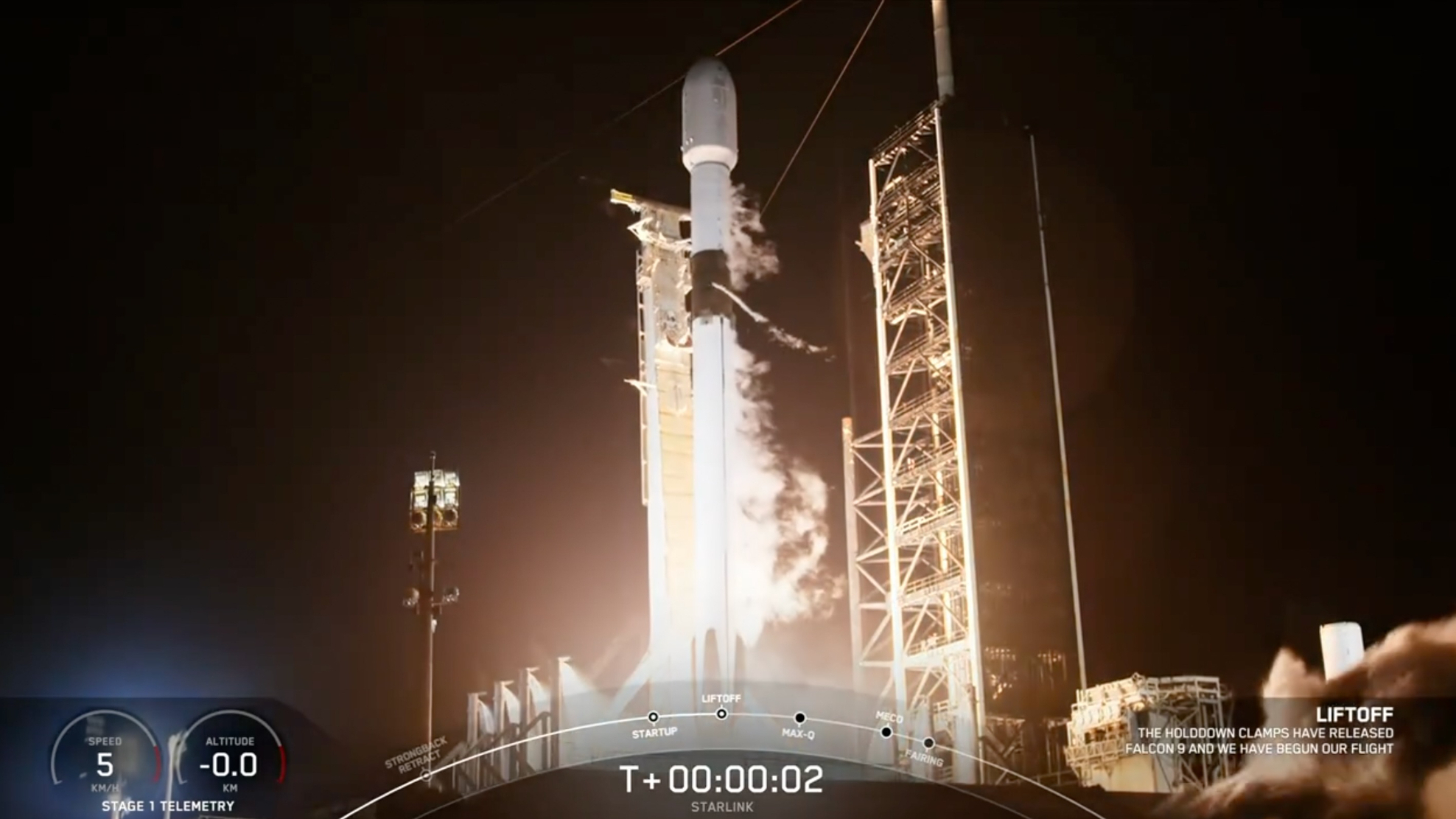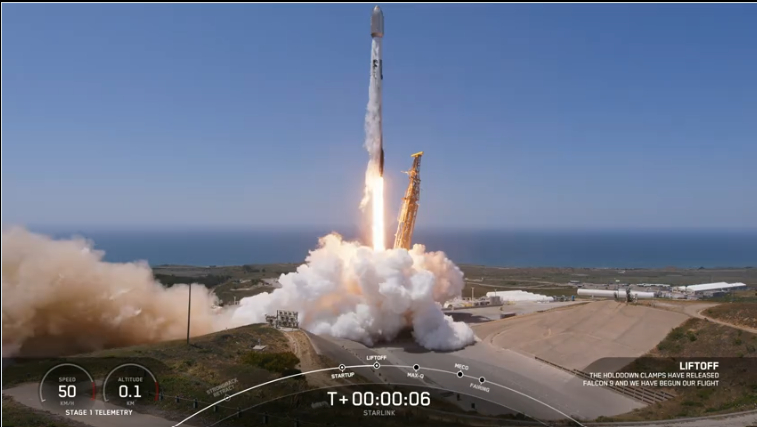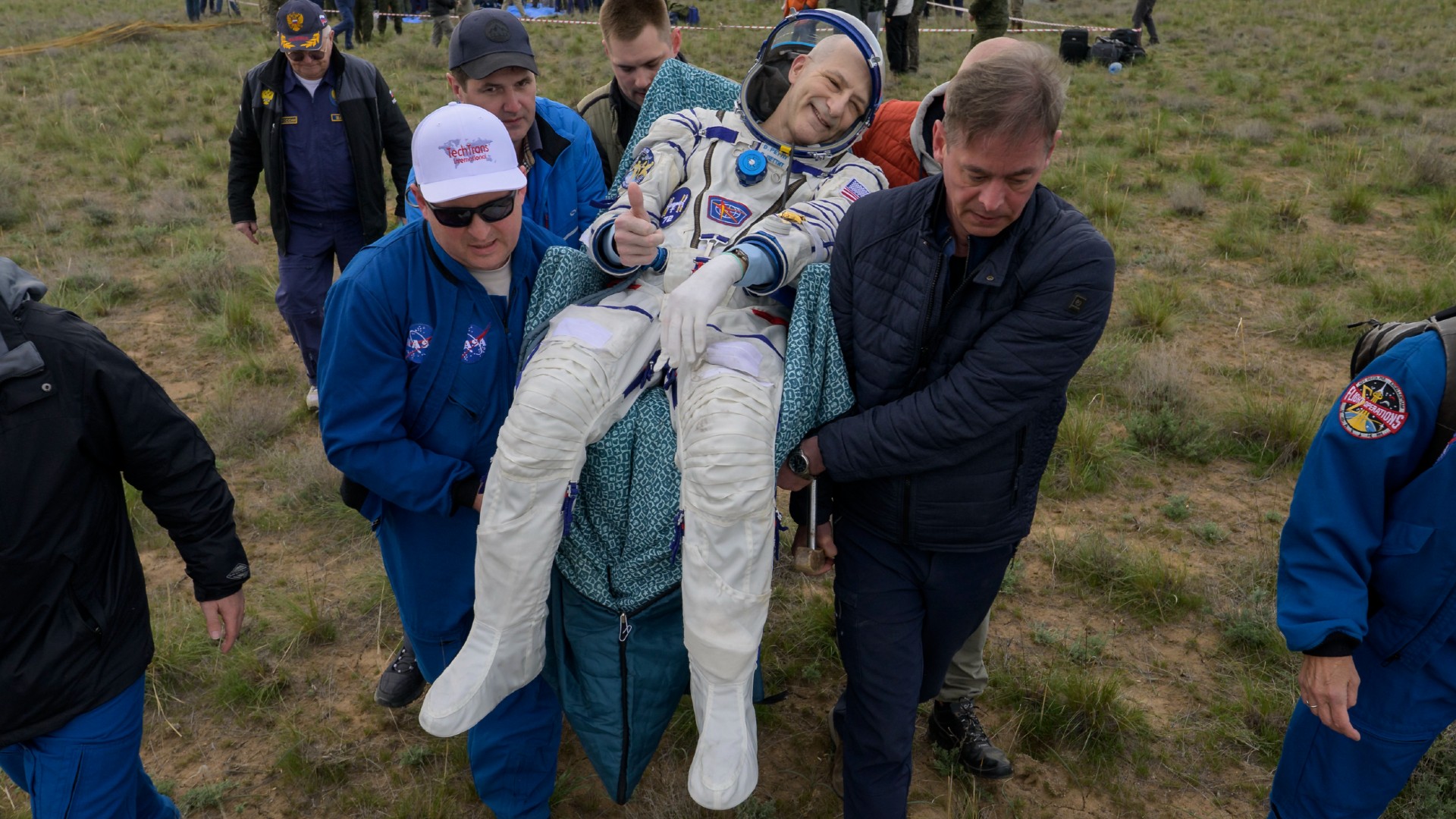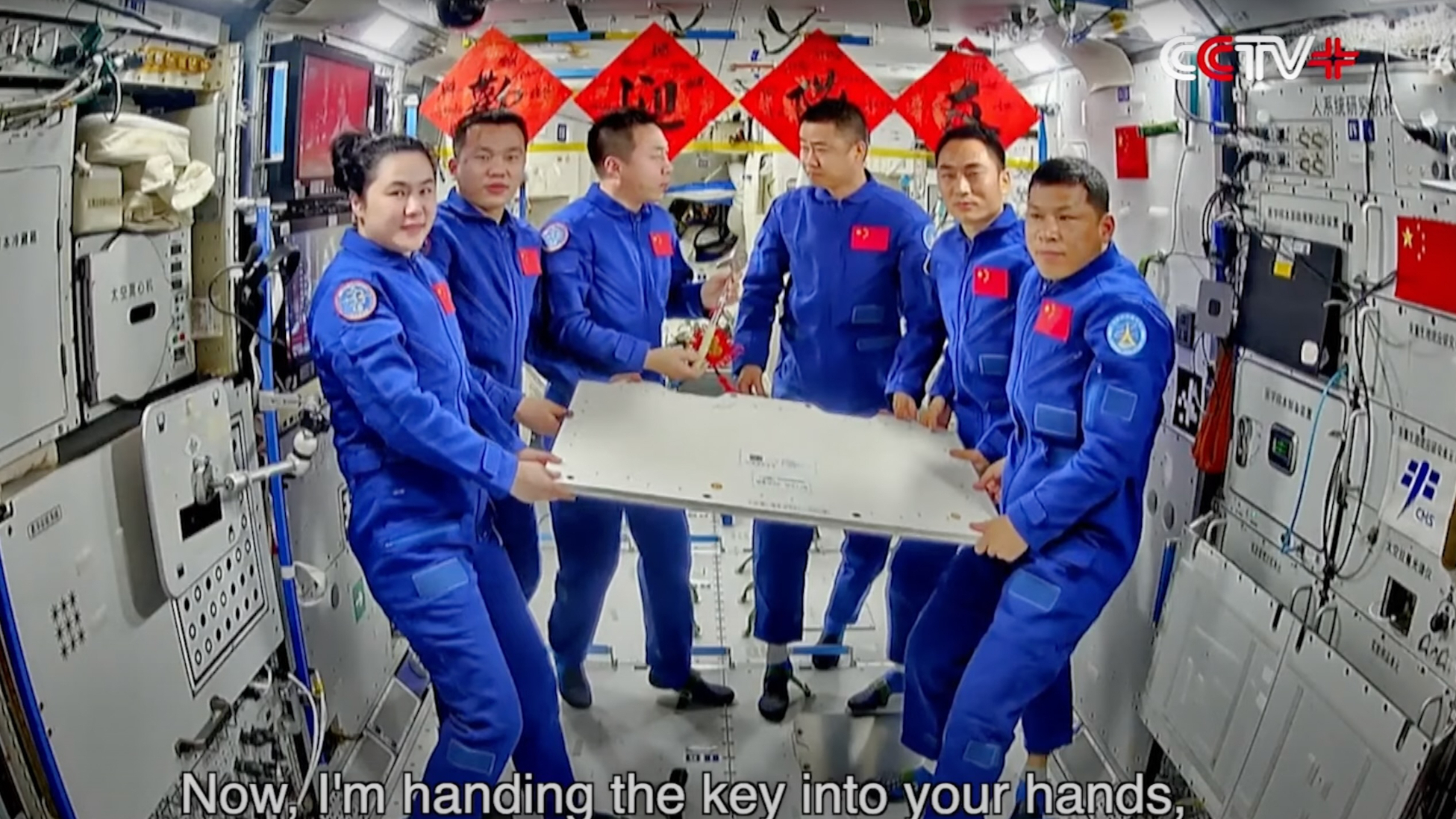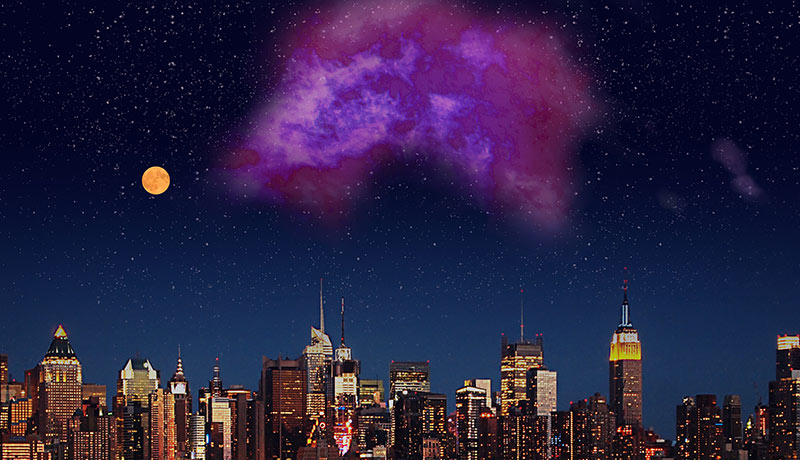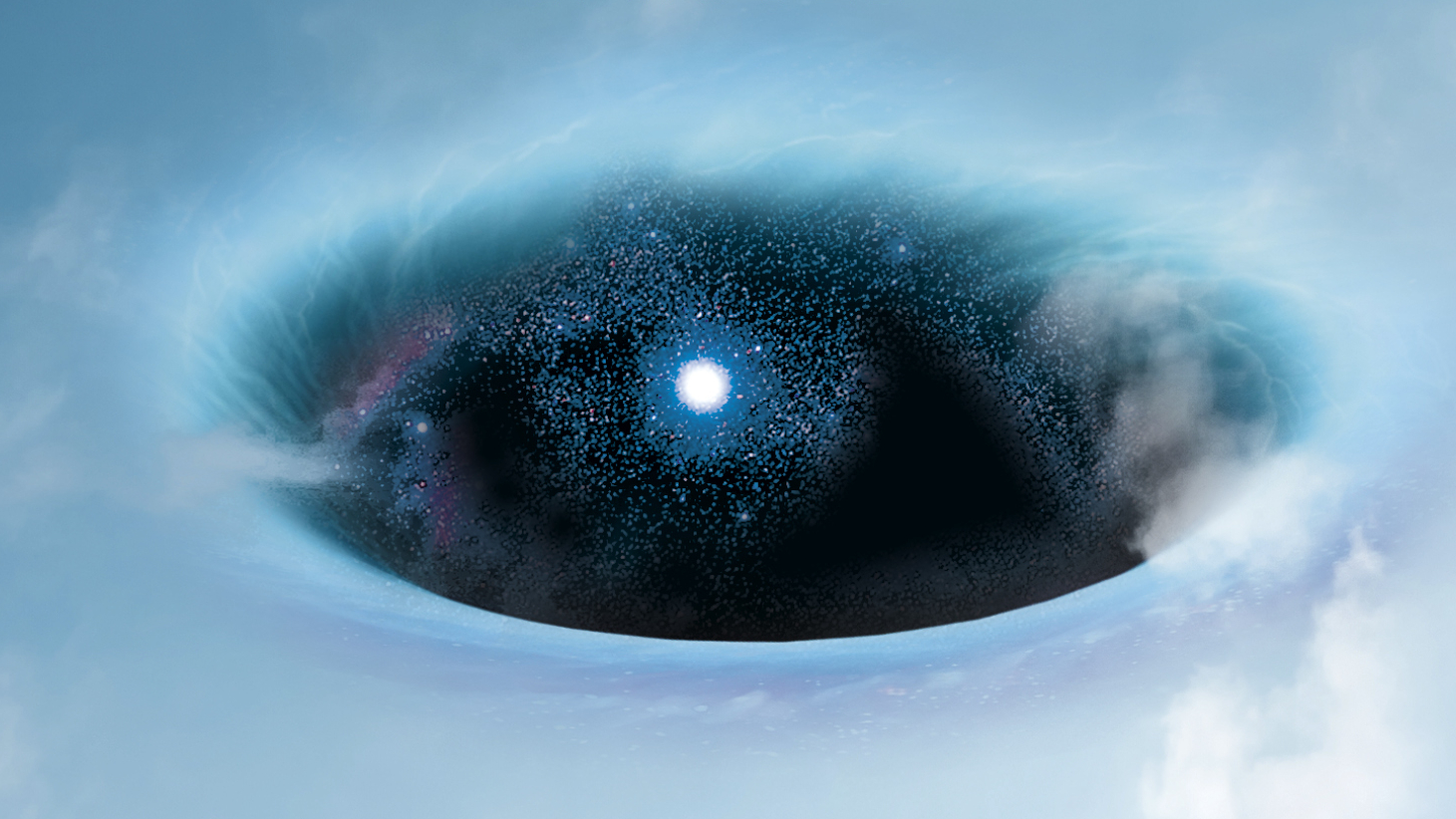Japan's Hayabusa2 Asteroid-Sampling Mission (Photos)
Japan's Hayabusa2 Mission Envisioned

An artist's illustration of Japan's Hayabusa2 spacecraft arriving at asteroid 1999 JU3 in 2018. The mission launches in 2014 to collect samples of the asteroid and return them to Earth.
Japan's Hayabusa2 Spacecraft Revealed
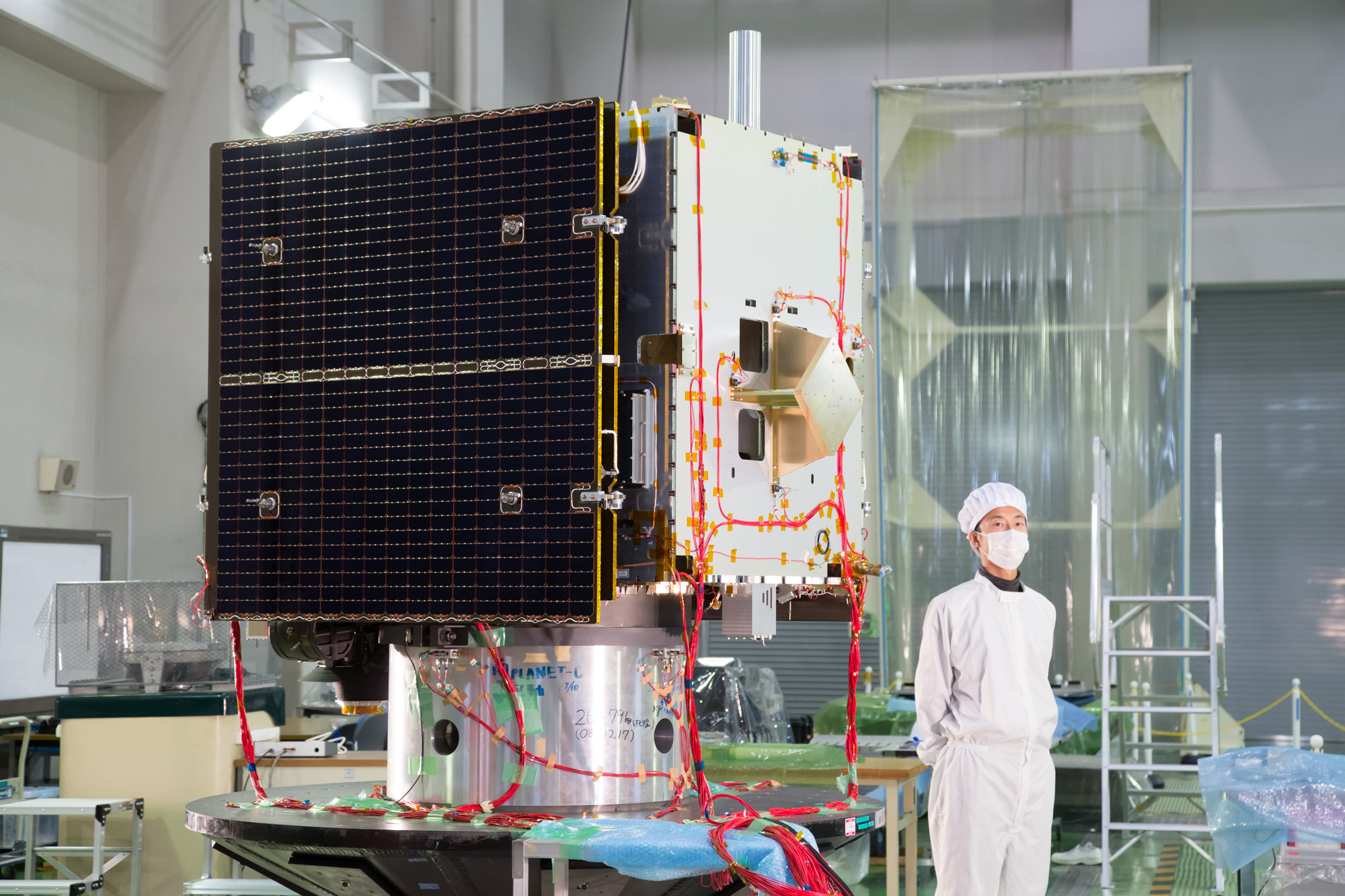
Japan unveils the Hayabusa2 asteroid probe on Dec. 26, 2012, during an event at JAXA's Sagamihara Campus. The spacecraft will launch in 2014 to collect samples of the asteroid 1999 JU3.
Hayabusa2 Releases Asteroid Probe
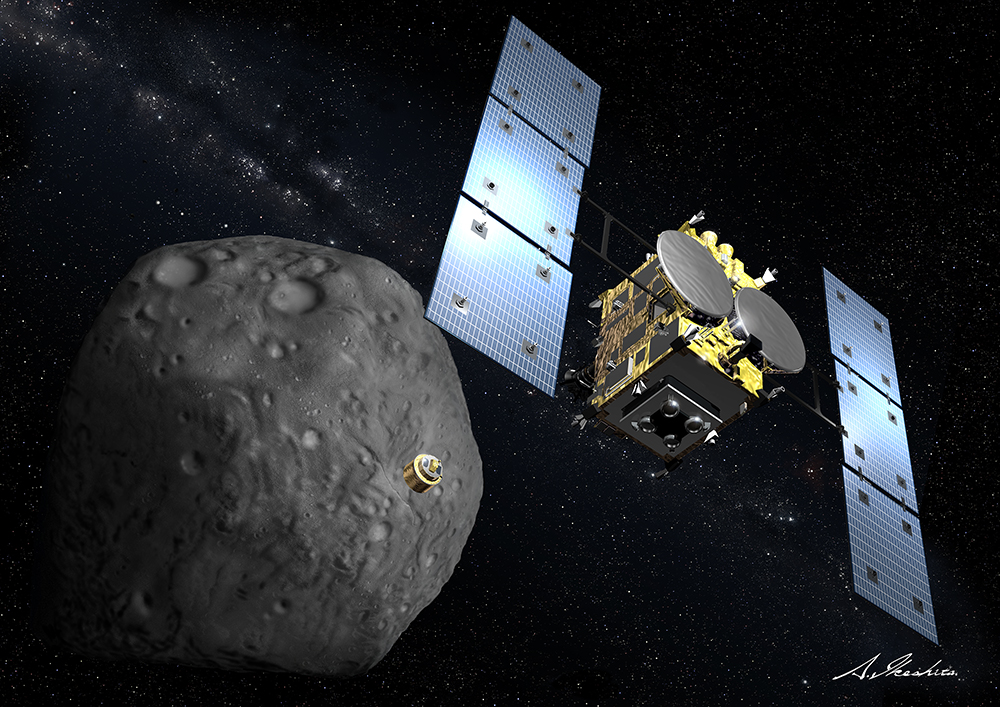
Japan's Hayabusa2 spacecraft releases a probe aimed at asteroid 1999 JU3 in this illustration by artist Akihiro Ikeshita. Japan's space agency will launch the Hayabusa2 probe in 2014.
Hayabusa2 Impactor Probe Hits Asteroid

An artist's illustration of Japan's Hayabusa2 probe crashing an impactor into the asteroid 1999 JU3 ahead of sampling the space rock in 2018.
Japan's Proposed Hayabusa 2 Asteroid Mission
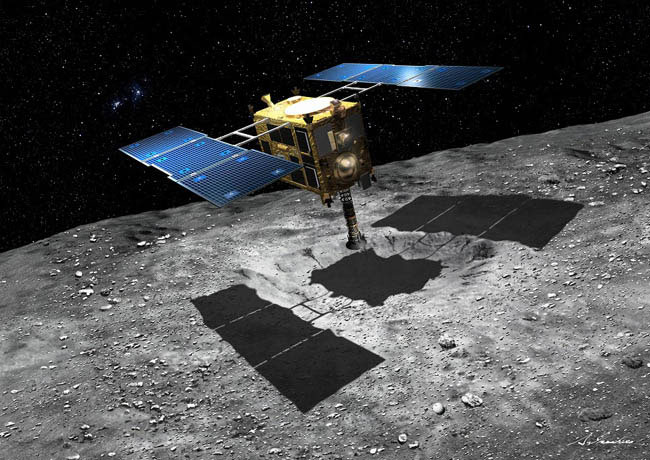
Artist's concept of Japan’s proposed Hayabusa 2 spacecraft, which would reconnoiter asteroid 1999 JU3 in mid-2018. Hayabusa 2 would hurl an impactor into the asteroid, sample the resulting crater and send pieces back to Earth for study.
Hayabusa2 Releases Asteroid Sample Capsule

This artist's illustration depicts Japan's Hayabusa2 spacecraft releasing a sample-return capsule containing pieces of asteroid 1999 JU3 in order to return the samples to Earth in 2020.
Germany's Mascot Lander for Hayabusa2
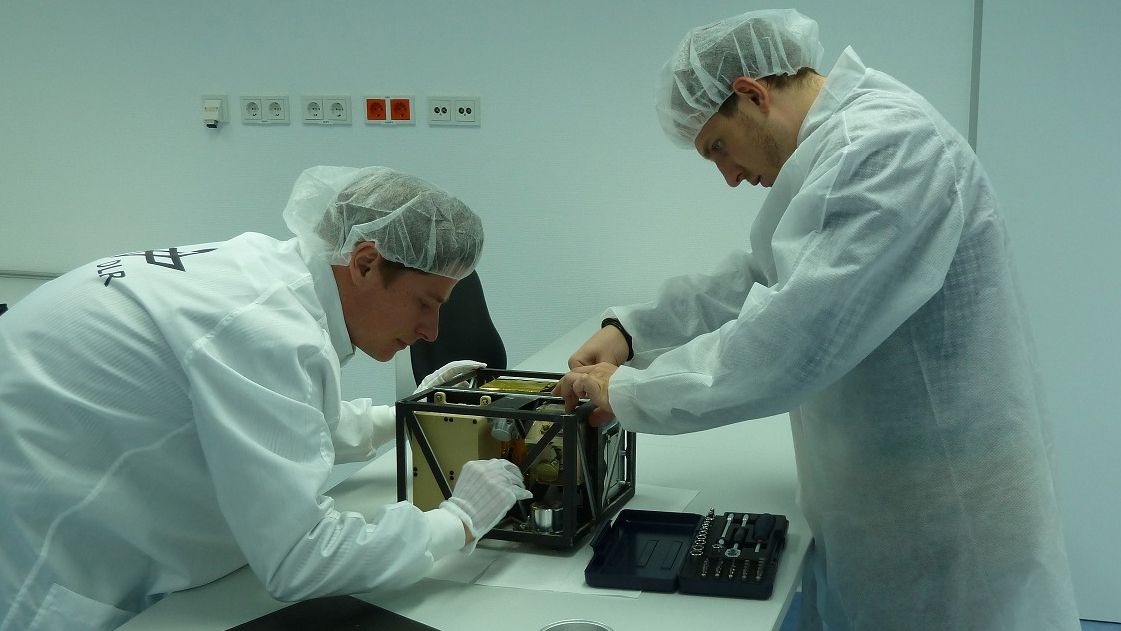
Integration of Germany’s Mobile Asteroid Surface Scout (MASCOT) asteroid lander, being readied to fly on Japan’s Hayabusa2 mission. To land on the asteroid 1999 JU3 in 2018.
Get the Space.com Newsletter
Breaking space news, the latest updates on rocket launches, skywatching events and more!
The First Hayabusa

Japan's first Hayabusa space rock probe visited the asteroid Itokawa and returned samples to Earth in June 2010. See how the mission worked here and get full details here.
Space Rock

Named 25143 Itokawa, this asteroid is some 540 meters by 270 meters by 210 meters. Japan's robotic Hayabusa spacecraft rendezvoused with asteroid Itokawa in mid-September 2005 and studied the space rock's shape, spin, topography, color, composition, densi
I Fall to Pieces

This still from a NASA video shows the Hayabusa spacecraft as it burned up over Australia during re-entry on June 13, 2010 to cap a 7-year mission to the asteroid Itokawa. Hayabusa ejected a sample return capsule (bright dot at lower right) before burning up. It landed in the Australian outback and has been recovered.
Waiting on a Friend

Hayabusa's sample return capsule and parachute lie on the ground in Australia's Woomera Prohibited Area.
Join our Space Forums to keep talking space on the latest missions, night sky and more! And if you have a news tip, correction or comment, let us know at: community@space.com.

Space.com is the premier source of space exploration, innovation and astronomy news, chronicling (and celebrating) humanity's ongoing expansion across the final frontier. Originally founded in 1999, Space.com is, and always has been, the passion of writers and editors who are space fans and also trained journalists. Our current news team consists of Editor-in-Chief Tariq Malik; Editor Hanneke Weitering, Senior Space Writer Mike Wall; Senior Writer Meghan Bartels; Senior Writer Chelsea Gohd, Senior Writer Tereza Pultarova and Staff Writer Alexander Cox, focusing on e-commerce. Senior Producer Steve Spaleta oversees our space videos, with Diana Whitcroft as our Social Media Editor.
